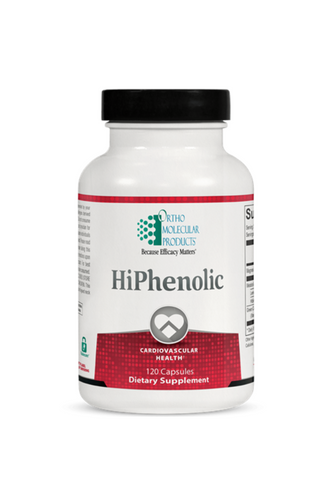2 capsules per day or as recommended by your health care professional
Alpha Lipoic Acid
Alpha lipoic acid (ALA) is a potent, versatile antioxidant that is both water- and fat-soluble. ALA has been shown to inhibit aldose reductase, which prevents sorbitol-induced leakage of important antioxidants from eye tissues and recharges ALA vitamin C, E and glutathione. Used clinically in Russia, animal studies have shown ALA has the potential to reach high concentrations in and be protective to the ocular lens of rats. Recent studies have shown lipoic acid increases insulin-stimulated glucose disposal both in whole body and in skeletal muscle, thus helping to promote healthy blood sugar levels. One study, using oral dosing, showed that ALA increases insulin sensitivity by 27%.[4] Other research has found that a dose of 600 mg/day of ALA over 3 months helped promote healthy blood fats by 36% and provided potent antioxidant support. ALA has also been shown to increase the GLUT4 pathway, a primary passageway for glucose to enter the cell and be used for metabolic energy. In addition, ALA has been shown to increase nerve conductivity in related neuropathy.
Ginkgo Biloba
Ginkgo biloba extract is a well-studied botanical which increases cerebral blood flow and protects neurons from a variety of conditions and oxidant-induced damage. It scavenges NOS (Nitric Oxide Species) and ROS (Reactive Oxygen Species), supports mitochondrial function, inhibits NMDA receptor activation, antagonizes PAF (Platelet Activating Factor), and stimulates the release of NO, supporting cerebral blood flow. Ginkgo is a high-powered botanical antioxidant that has been shown to concentrate in eye tissues. It has been shown to protect retinal tissue from oxidative damage caused by xenobiotics (chloroquine) and proteolytic enzymes.
Carotenoids: Lutein, Zeaxanthin, Lycopene
Lutein and zeaxanthin are carotenoid pigments whose role in eye health is well-established from epidemiological, clinical and interventional studies. Epidemiologic research shows a connection between high levels of lutein and zeaxanthin in eye tissues and enhanced eye function and visual acuity. Lutein and zeaxanthin supplementation has been shown to protect the lens protein, lipid, and DNA from oxidative damage and improves intracellular redox status upon oxidative stress. Increased dietary intake of carotenoids, especially lutein and zeaxanthin, protect the eye from oxidative stress. A 12-month intervention including 145 patients divided into a placebo group, and two groups given capsules of lutein, zeaxanthin, DHA and EPA each day, found that over 12 months, the supplements significantly improved plasma antioxidant capacity, circulating macular xanthophyll levels, and the optical density of the macular pigment.
Bilberry
Bilberry extract contains a high amount of the antioxidants known as anthocyanadins, similar to those found in grape seeds. Bilberry has a long history of use in eye health. Its activities include inhibition of aldose reductase, and improving capillary permeability. Bilberry has been shown to protect against an oxidative stress-induced immune response in the mouse uvea and to support night vision. The extract has also been found to support renewal and homeostasis of corneal cells.
Quercetin
A flavonoid found in a variety of herbs, vegetables and fruits, quercetin is a potent antioxidant which modulates pro-inflammatory pathways by inhibiting inducible ICAM- 1 expression. It has been shown to enhance epithelial barrier function in the intestines, to stabilize mast cells by releasing cytoprotective factors and to promote balanced proinflammatory mast cell mediators.
Taurine
Taurine concentration is high in the retina and is required for retinal tissue growth. It has been shown to protect rod outer segments from oxidative damage and to protect lens tissue from radiation. Researchers have suggested possible functions for taurine in the retina include protection of the photoreceptor, regulation of Ca2+ transport, and regulation of signal transduction.













